Fujifilm FinePix S6500fd Review
Fujifilm FinePix S6500fd
Fujifilm pulls another great superzoom camera out of the bag.
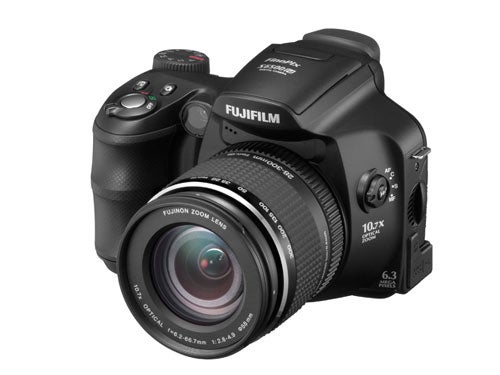
Verdict
Key Specifications
- Review Price: £269.79
About this time last year I reviewed the Fujifilm FinePix S9500. I was, to say the least, rather impressed by it. With its SLR-like handling and performance, a high quality 28-300mm manual zoom lens and some of the best picture quality I’ve seen on anything short of a top-end professional SLR, it earned the highest possible mark we have here – straight tens!

Ten months later, and Fujifilm has just launched another high-spec camera in its semi-pro S series, the new FinePix S6500fd. It fits into the range between the soon-to-be-replaced S9500 and the lower spec S5600 (reviewed here in May) although it’s far closer to the higher end of the scale. It inherits many features from the S9500, most notably that excellent f2.8-f4.9, 10.7x optical zoom lens. It’s also about the same size and weight as the S9500, in fact it’s a couple of millimetres wider and taller, although it is a little lighter. In other words, the S6500 is far closer in size, shape and weight to a digital SLR than to most other fixed-lens cameras.
The S6500 is supposed to be the lower-spec camera, so it lacks a few of the S9500’s features. For starters it has a 6.3-megapixel SuperCCD HR sensor, compared to its older brother’s 9.0-megapixel sensor. Its 2.5in, 235,000 pixel LCD monitor is bigger and sharper, but lacks the S9500’s fold-out ability. It has a much simpler control layout, which unfortunately means that some useful features, such as the self-timer, are relegated to the menu. It also lacks the cable release thread on the shutter button.
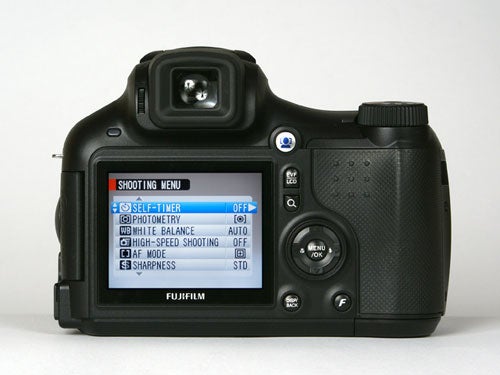
More crucially it lacks the hybrid AF system that helped give the S9500 its blistering performance. Instead it has a fairly pedestrian TTL AF system that seems slow by comparison, although in fact its speed is safely above average for a high-end zoom camera.
However the S6500 does have a few points on which it beats the S9500. It offers a wider range of shutter speeds in program mode, a higher maximum ISO setting of 3200, improved high-ISO noise reduction, and Fuji’s new hardware based face detection system, which is where the “fd” in the camera’s name comes from. The camera will automatically recognise up to 10 human faces in the frame, and adjust focus and exposure accordingly to ensure a good picture.
Face recognition seems to be the fad that all the cool kids have got to have at the moment. It’s impressive technology to be sure, however personally I don’t think it’s all that useful, especially on a camera aimed at enthusiasts. Is it really that difficult to focus on and expose for the face of the person you’re shooting? Isn’t that what spot metering and AF lock is for?
As well as its new high-tech features the S6500 has a full range of manual exposure options, metering modes and AF options, and more importantly it can record in RAW mode, so you can avoid the quality problems of image compression altogether. The big 13MB RAW files will eat into your memory card, but it’s worth it for the extra quality.
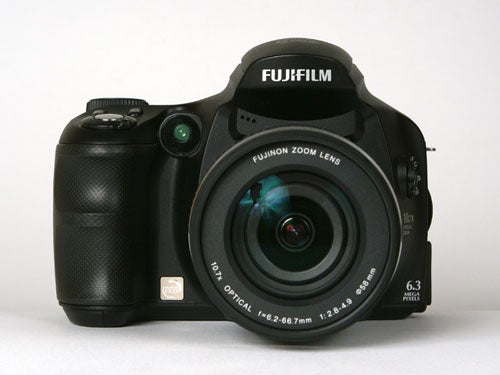
The year-old S9500 currently retails at around £370 on the high street, or around £280 online, which is a bargain for a camera that good, while the S6500fd was launched at the end of July with a high street price of £349.99, and is already available online for £269.79, so there’s not a lot to choose between them in price. Given the similarity in appearance and features, the big question is whether anyone will buy it, when for just £10 more they can have the superior S9500 while it’s still available. I have yet to review the S9600, the eagerly awaited replacement for the S9500, so it will be interesting to see how that camera compares.
That’s not to say that there’s anything wrong with the S6500; quite the contrary. Despite being somewhat overshadowed by the reputation of the S9500, the S6500 is a very capable camera in its own right.
It has a tough but lightweight polycarbonate body, with excellent build quality. The large and comfortable rubberised handgrip and well designed controls give it superb handling. Overall performance is very good, with a start-up time of two seconds. In long-period continuous shooting mode it can manage a frame every 1.7 seconds until the card is full, and also has two 3-frame burst modes, recording either the first three or last three frames, shooting at three frames a second.
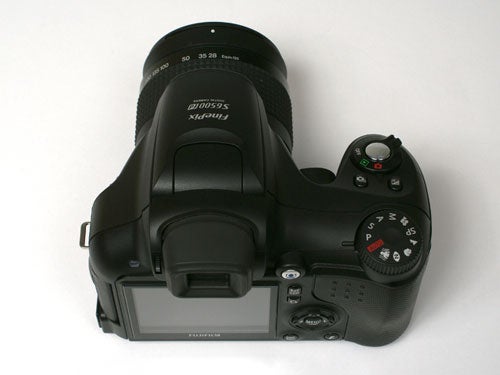
The S6500 runs on four AA batteries, so duration will depend on the type and brand you use, but it seemed to be above average using NiMH rechargeables. The camera only accepts xD-Picture cards for storage, rather than the CompactFlash cards used in the S9500. In maximum quality JPEG mode files average around 3MB each, so a 1GB card should be enough for about 330 shots. It also has a good movie mode, capable of VGA (640 x 480 pixel) resolution at 30fps. The zoom lens can also be used while filming.
As I mentioned, the AF system is reasonably quick, locking on in good light in about 0.8 of a second, and thanks to the brightest AF lamp I’ve ever seen it will focus in total darkness at a range of at least 6m. The pop-up flash is also very good, with an effective range at wide angle of an impressive 8.3m, or 4.6m at the telephoto end.
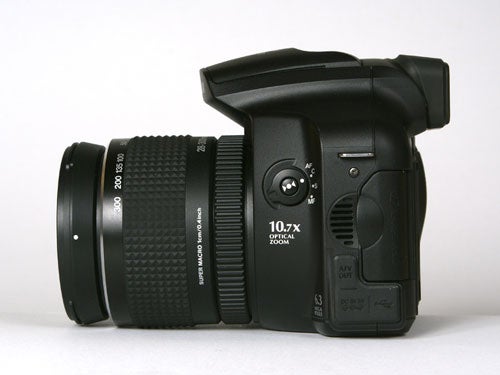
Image quality is superb compared to most other 6MP cameras, thanks mainly to the quality of the lens. Despite its huge zoom range it manages to produce virtually no distortion at the wide angle end and is pin-sharp right across the frame. The 1/1.7in SuperCCD HR sensor appears to be that same one found in the FinePix F30, and has the same slight problem with purple fringes on high-contrast edges, but it is very minor and under normal conditions hardly shows up at all. Colour rendition, contrast and dynamic range are all excellent.
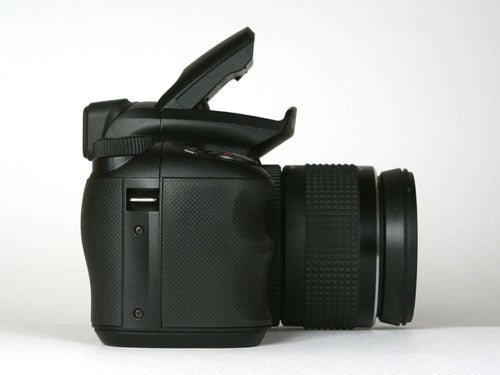
With the sensor the S6500 also inherits the F30’s amazing high-ISO performance. At 1600 ISO there is roughly as much image noise as the S9500 produced at 800 ISO, which is to say not much. At the maximum 3200 ISO the noise reduction system does sacrifice a lot of fine detail, but the exposure remains consistent and although there is some colour distortion in darker areas the images are usable. This gives the S6500 a big advantage over most other high-end super-zoom cameras. Despite its lack of image stabilisation it can be used hand-held in low light with a reduced risk of movement blur. Image stabilisation compensates for camera shake, but can’t do anything about your subject moving, which can still ruin a picture at low shutter speeds. By providing usable images at shutter speeds at least three stops faster than most other cameras can manage, the S6500 avoids the problems of both camera shake and moving subjects, resulting in sharper pictures.
”’Verdict”’
The S6500fd is a very good camera for the price, with great handling, huge creative versatility and superior picture quality, but it suffers by comparison to the higher spec and similarly priced S9500 which is still available. The face-recognition technology is impressive, but really not all that useful. Will its outstanding high-ISO performance be enough to sell it?
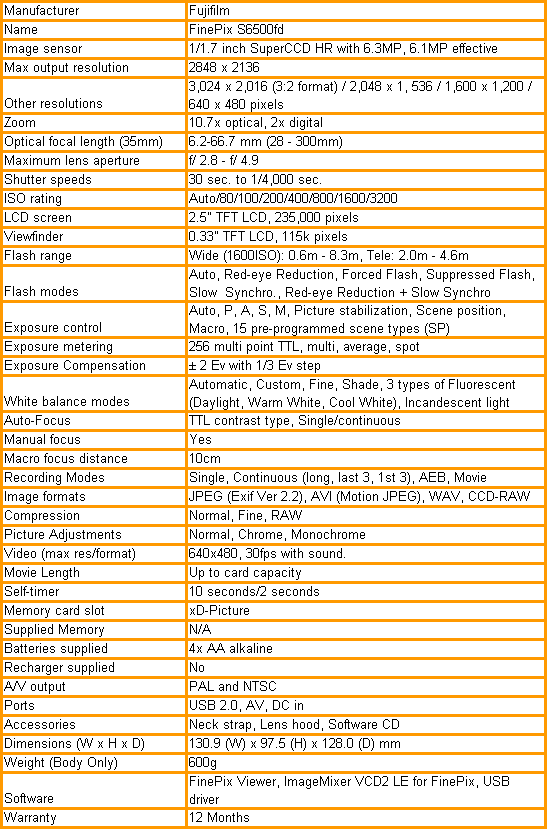
A range of test shots are shown over the next few pages. Here, the full size image has been reduced for bandwidth purposes, and a crop taken from the original full resolution image has been placed below it in order for you to gain an appreciation of the overall quality.
—-
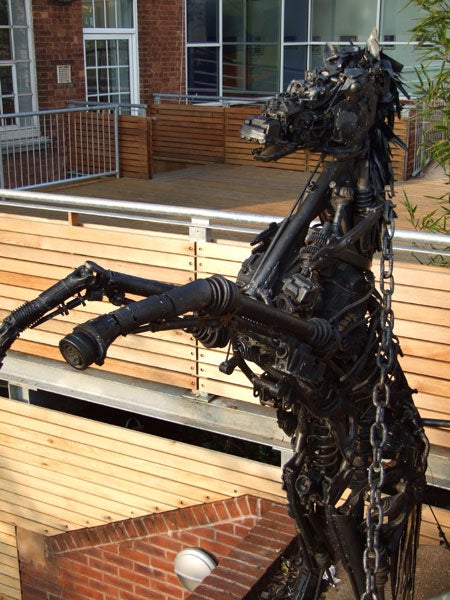
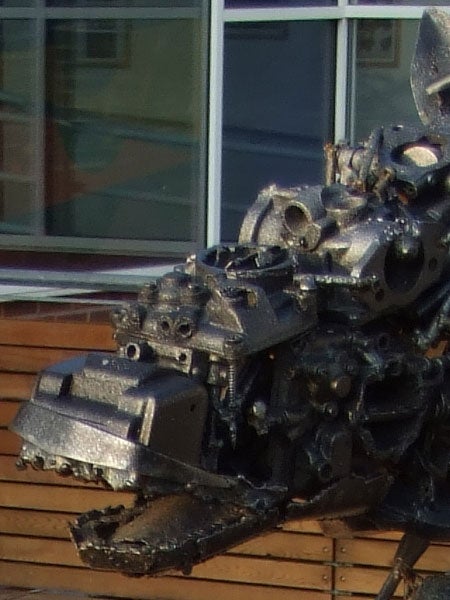
1/240th, f3.4, ISO 100
At the minimum ISO setting the image is of course noise free, with lots of fine detail, excellent dynamic range and good exposure.
—-
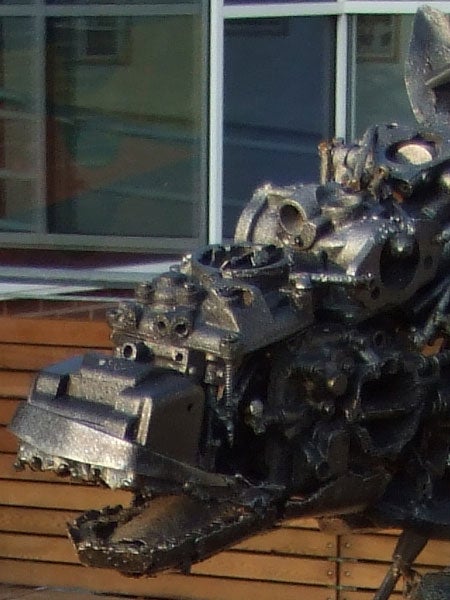
1/420th, f3.4, ISO 200
At 200 ISO there is still no image noise, and the picture is virtually indistinguishable from the previous one.
—-
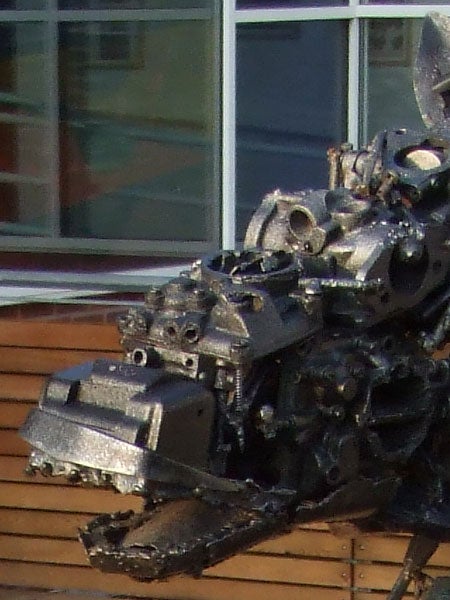
1/320th, f5.6, ISO 400
At 400 ISO some cameras would be showing significant image noise, but here the noise reduction system has only lost a tiny amount of fine detail and there is no visible noise at all.
—-
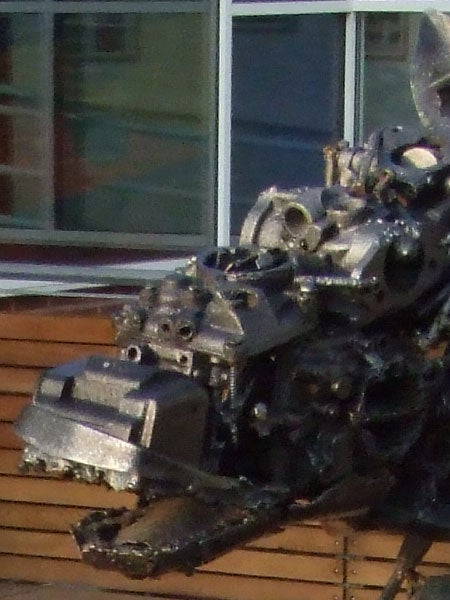
1/550th, f6.4, ISO 800
At 800 ISO there is still plenty of detail, the shadows are still rich and dark, and there is only the tiniest hint of colour distortion, with no visible noise.
—-
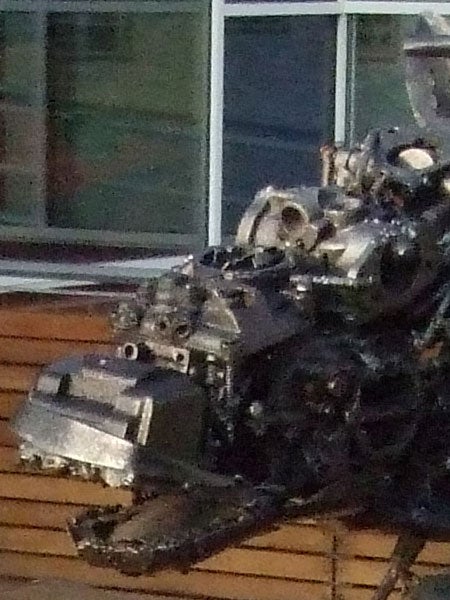
1/680th, f8.0, ISO 1600
1600 ISO was the maximum setting for the S9500. There is some noise visible, and the noise reduction has lost some detail, but the image is still very good, and the noise levels are still quite low.
—-
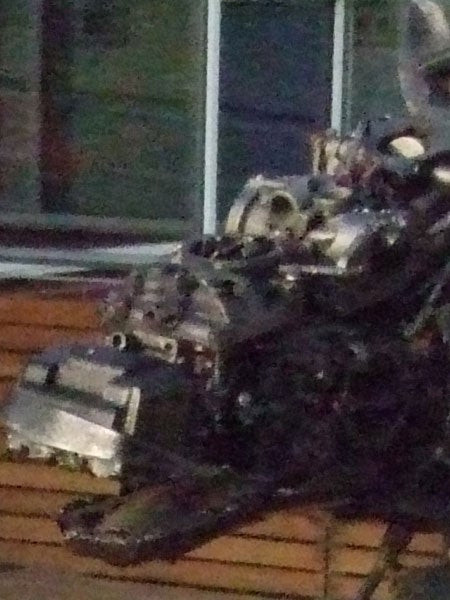
1/1600th, f8.0, ISO 3200
At 3200 ISO we have a shutter speed of 1/1600th of a second at F8, enough to freeze any action and still get good depth of field. The image is probably too noisy to print, but not a total loss.
—-
A range of test shots are shown over the next few pages. Here, the full size image has been reduced for bandwidth purposes, and a crop taken from the original full resolution image has been placed below it in order for you to gain an appreciation of the overall quality. The following pages consist of resized images so that you can evaluate the overall exposure. For those with a dial-up connection, please be patient while the pages download.
—-
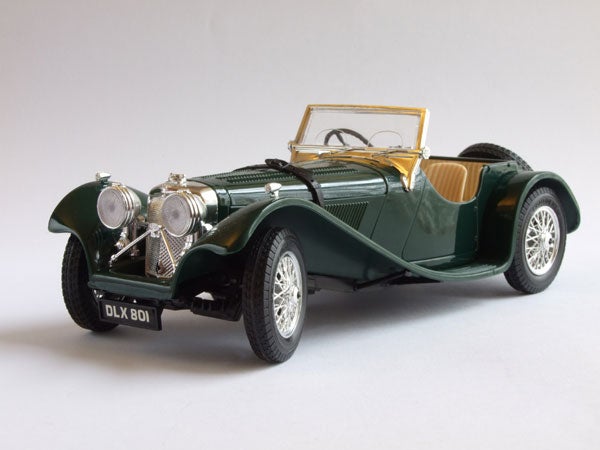
Shooting in fine quality JPEG mode, there is still plenty of fine detail in this 2.57MB image.
—-
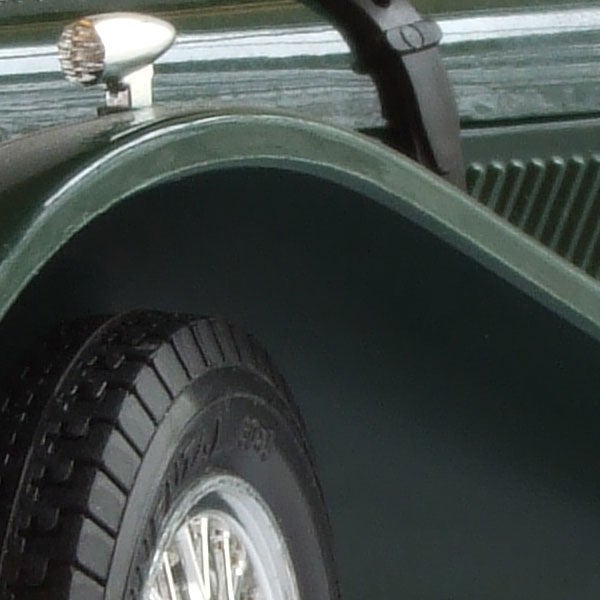
This 600×600 full-resolution crop of the above image shows just how sharp the S6500 can be.
—-
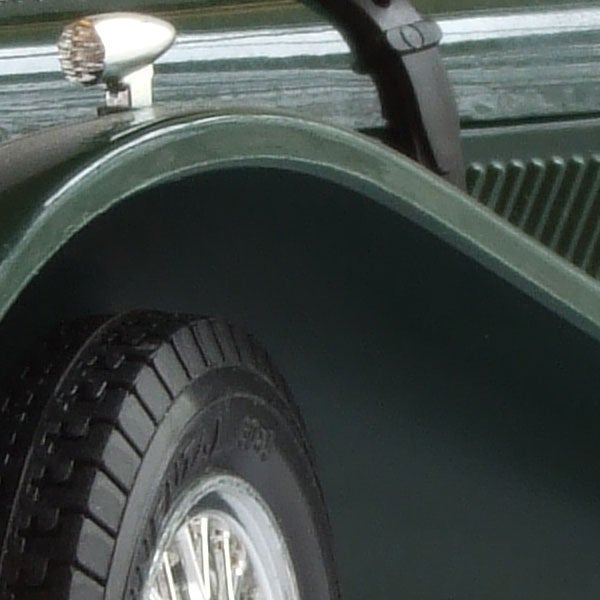
Shot in RAW mode and converted to a 16-bit TIFF image, this crop shows the even higher levels of detail that can be achieved this way.
—-
This page consists of resized images so that you can evaluate the overall exposure.
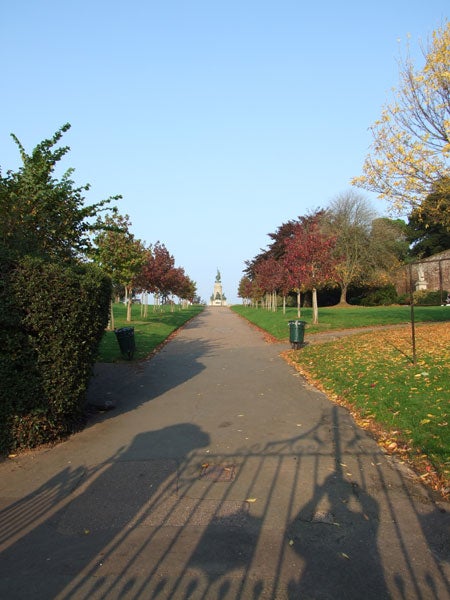
The zoom range of the impressive Fujinon lens starts at the equivalent of 28mm, wide enough to capture panoramic landscapes or large groups of people.
—-

Shot from the same position as the picture above, this shows the power of the 300mm-equivalent telephoto end of the lens’s range.
—-
This page consists of resized images so that you can evaluate the overall exposure.
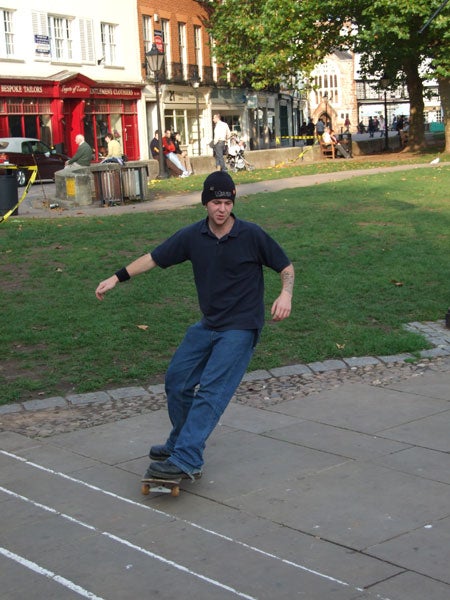
The action program mode biases the shutter towards higher speeds, ideal for capturing moving subjects, here at a shutter speed of 1/480th.
—-

The powerful zoom lens and fast AF system make the S6500 an ideal camera for shooting wildlife. I’m no expert, but this squirrel didn’t seem to mind.
—-
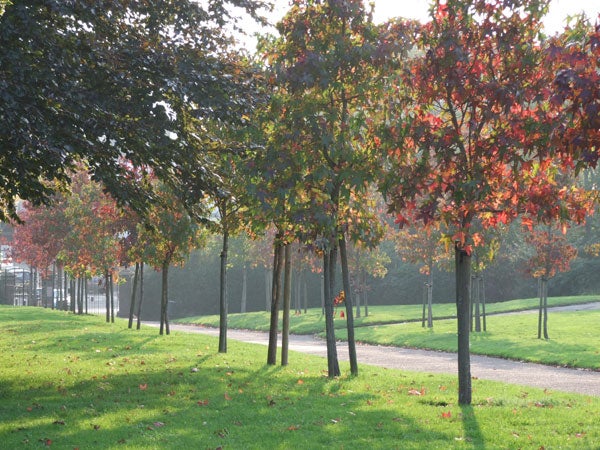
Shooting into the low-angled Autumn sun is a challenge for any exposure meter, but the S6500 has coped fairly well, with only a little purple fringing around the high-contrast edges.
—-
This page consists of resized images so that you can evaluate the overall exposure.

In natural colour mode the colour rendition is accurate but lacks the rich saturation normally associated with Fujifilm.
—-
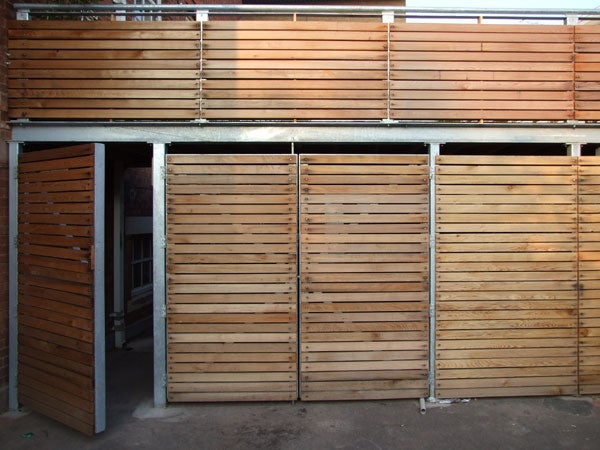
The remarkable lens produces almost no spherical distortion at the widest angle 28mm setting.
—-
Trusted Score
Score in detail
-
Value 7
-
Image Quality 8
Features
| Camera type | Super Zoom |
| Megapixels (Megapixel) | 6.3 Megapixel |
| Optical Zoom (Times) | 10.7x |

